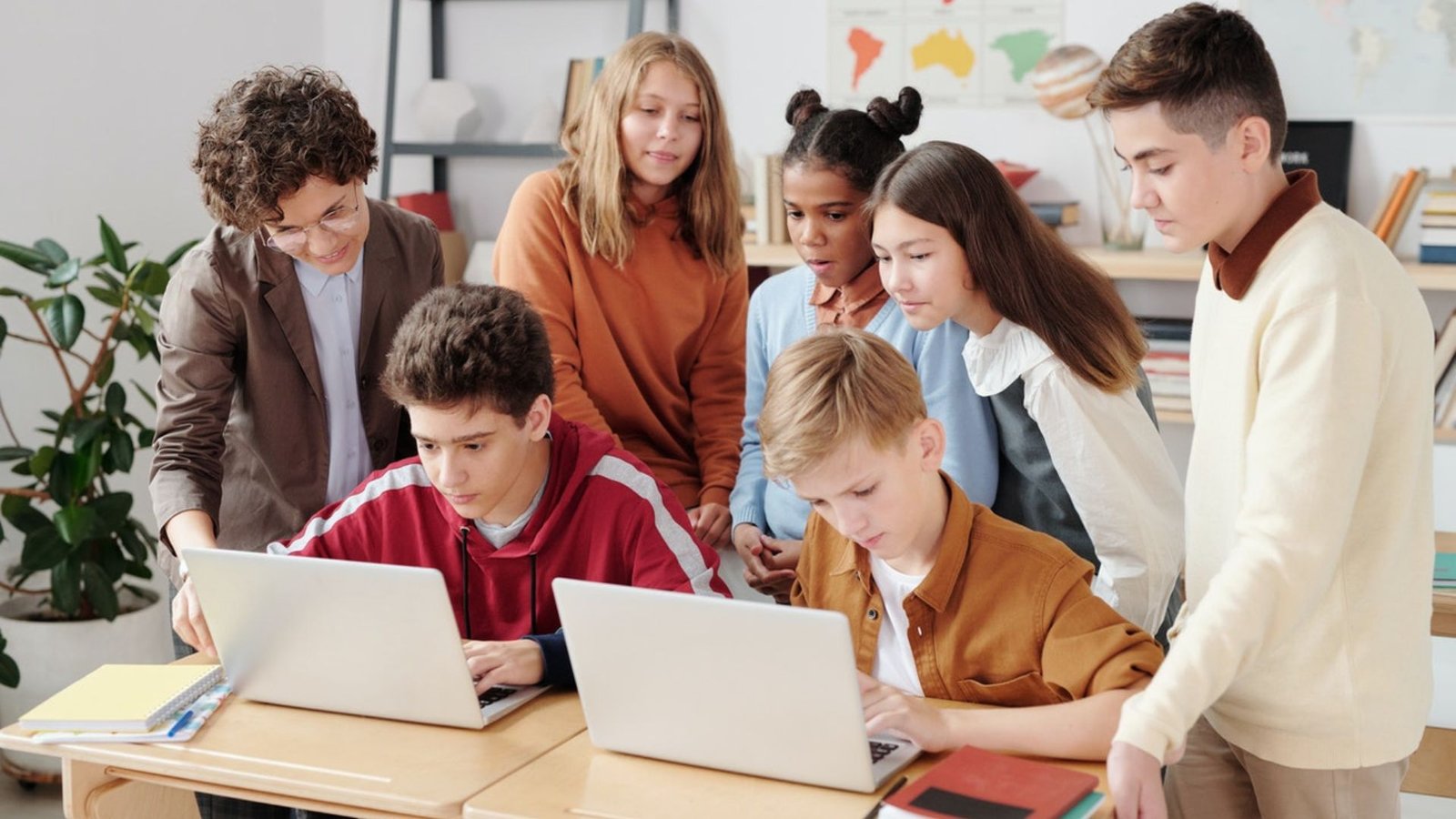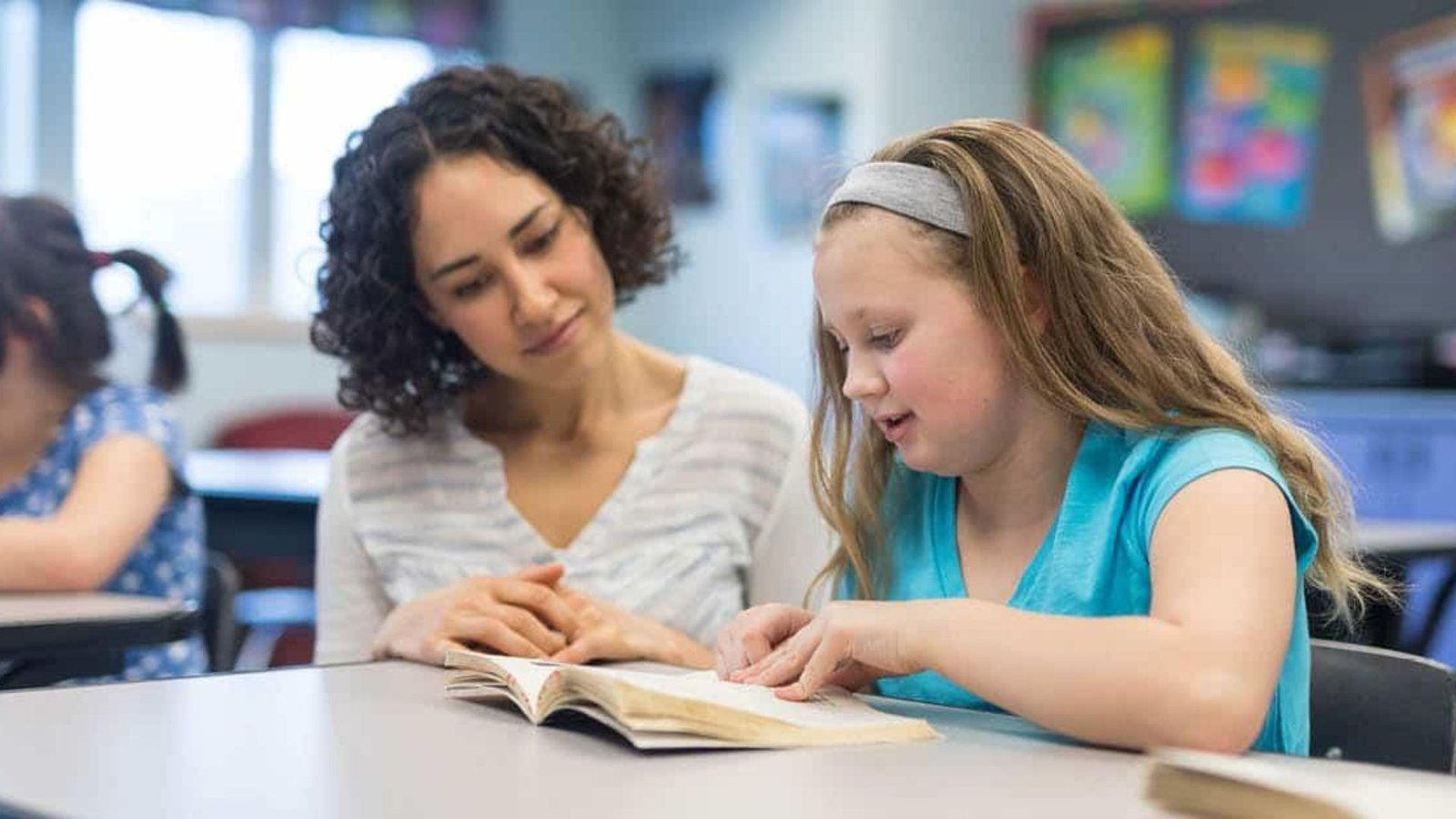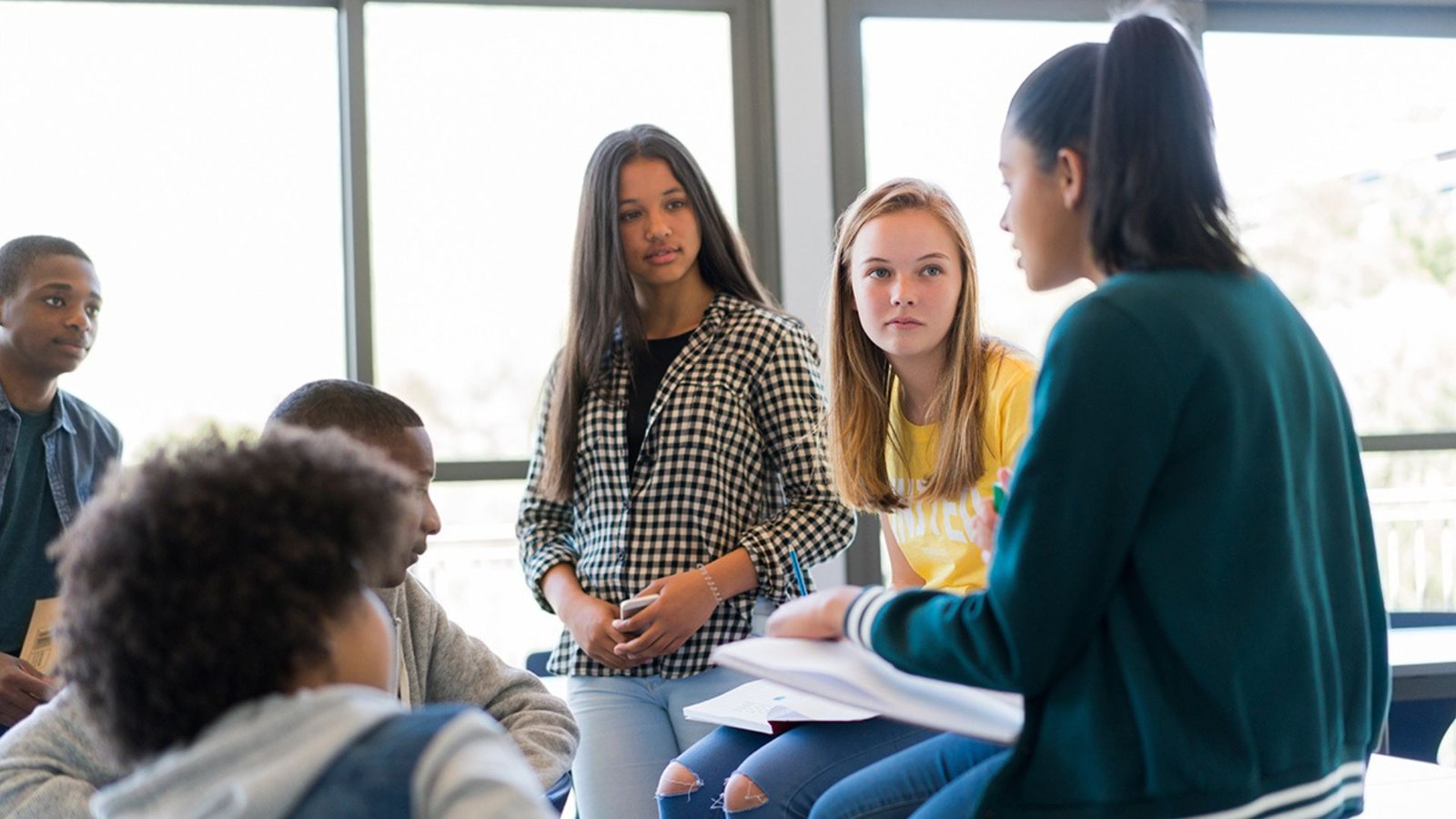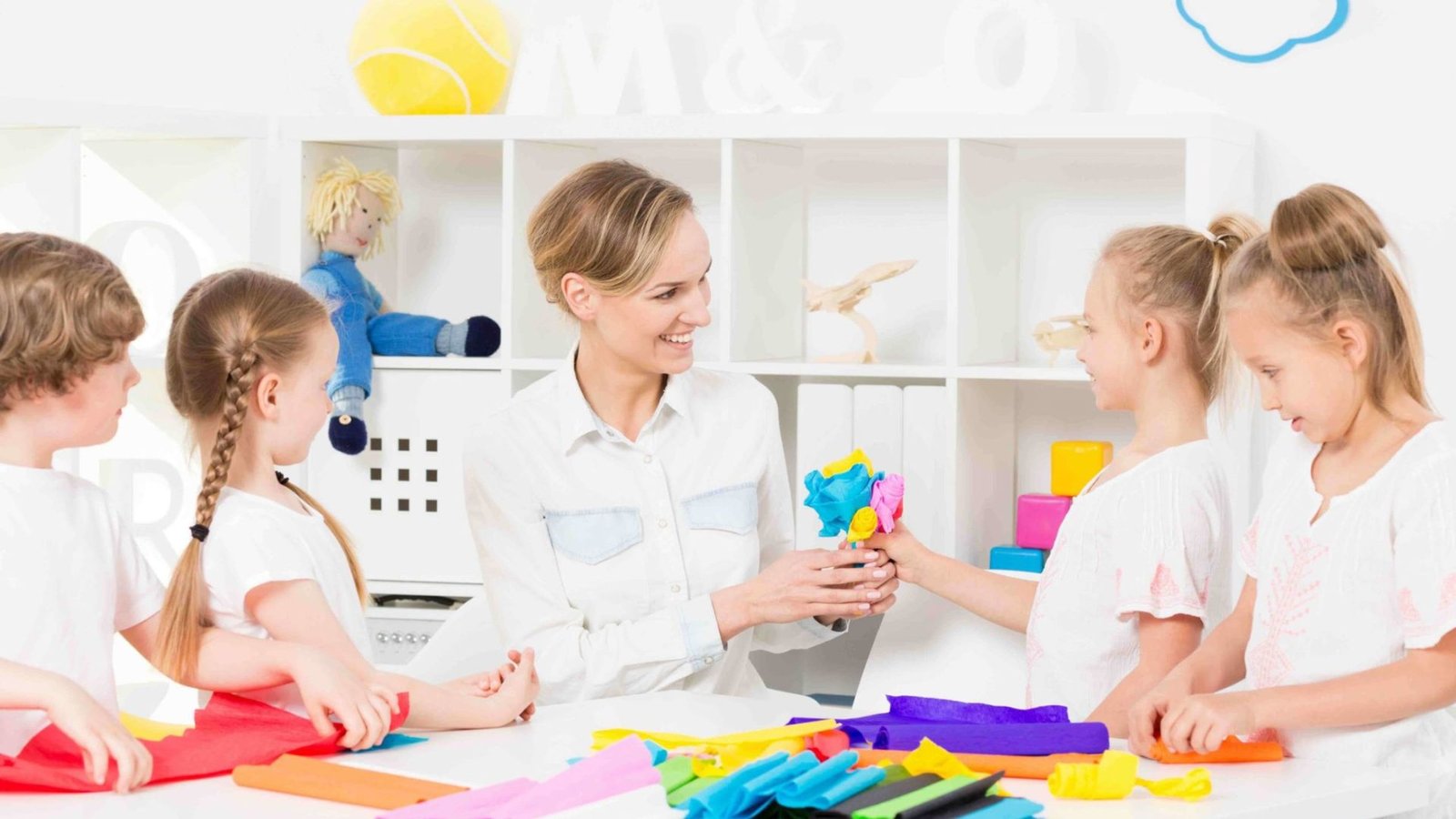Effective English teaching involves more than just delivering content; it requires a nuanced approach that accommodates diverse learning styles. In this detailed guide, we’ll explore practical strategies to tailor English lessons to the varied preferences of visual, auditory, and kinesthetic/tactile learners.
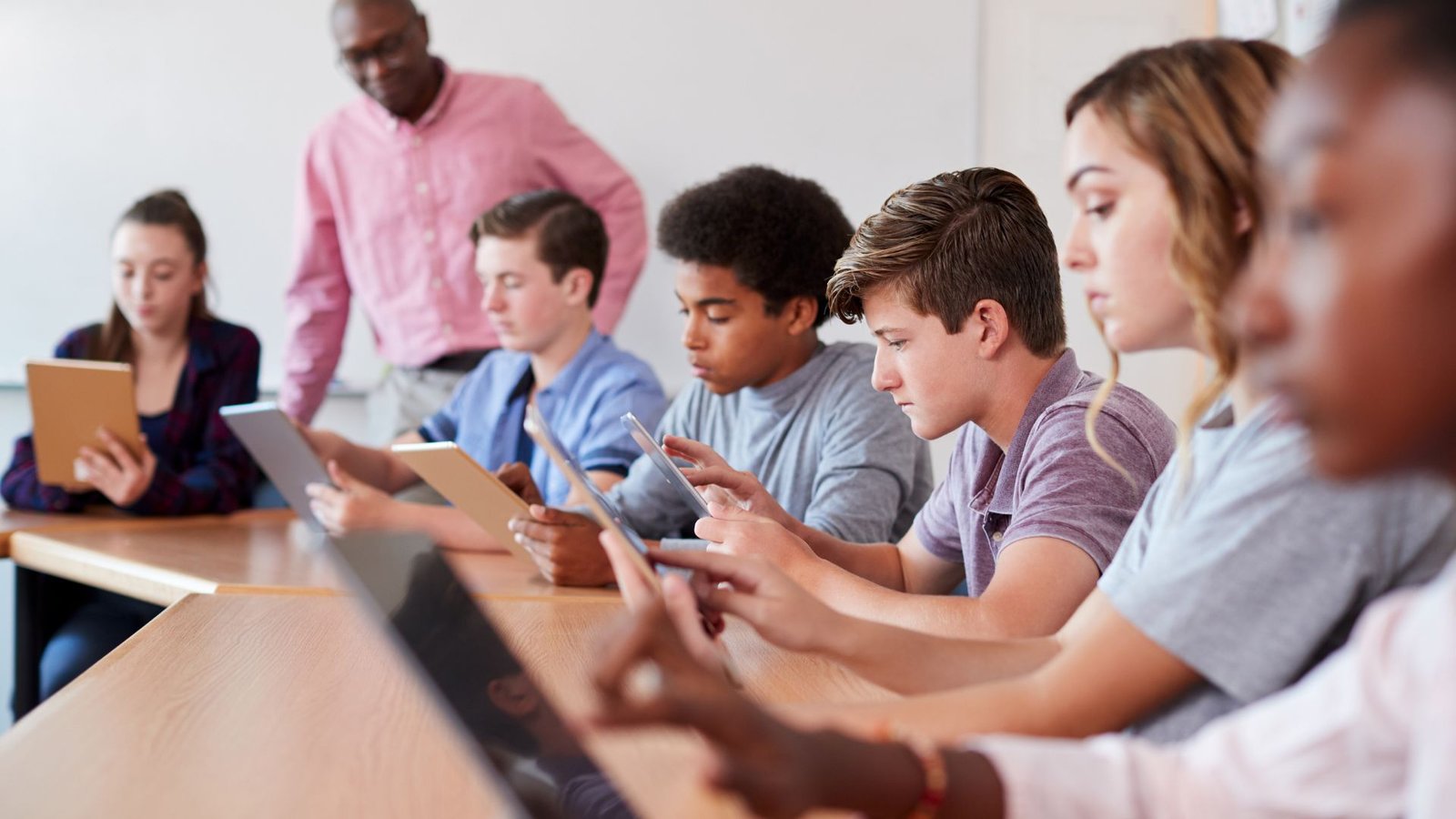
English Lessons for Diverse Learning Styles
Understanding the Landscape of Learning Styles
Visual Learners
Visual learners grasp information best through charts, graphs, and images. They thrive on visual representations of concepts.
Auditory Learners
Auditory learners prefer spoken information, engaging most effectively in discussions, verbal instructions, and auditory cues.
Kinesthetic/Tactile Learners
Kinesthetic learners learn through hands-on activities, movement, and tactile experiences, requiring physical engagement for optimal understanding.
Strategies for Visual Learners
Visual Aids Integration
Incorporate visual aids such as charts, diagrams, and infographics into lessons to enhance comprehension. Visual learners benefit significantly from graphical representations.
Colour Coding
Utilize color-coded materials to highlight key concepts. This method helps visual learners categorize and remember information more effectively.
Mind Mapping
Introduce mind-mapping techniques to help visual learners organize ideas spatially. Encourage them to create their mind maps during discussions or brainstorming sessions.
Tailoring Lessons for Auditory Learners
Oral Presentations
Organize oral presentations and discussions to actively engage auditory learners. Supplement lessons with podcasts, audiobooks, or recorded dialogues for reinforcement.
Verbal Instructions
Provide clear and concise verbal instructions, ensuring auditory learners can process and understand information effectively. Encourage open discussions and verbal interactions.
Rhymes and Mnemonics
Incorporate rhymes and mnemonic devices into lessons. These aids appeal to auditory learners and enhance memory retention through rhythmic patterns.
Meeting the Needs of Kinesthetic/Tactile Learners
Hands-On Activities
Integrate hands-on activities like role-playing, simulations, or experiments. These activities provide tactile learners with the physical engagement they need for effective learning.
Movement Breaks
Allow for short movement breaks during lessons to accommodate the kinesthetic preference for physical activity. Incorporate exercises or activities that involve movement.
Interactive Assignments
Assign projects that involve physical construction or manipulation. Create interactive games or exercises that require movement, ensuring a multisensory experience.
Implementing a Blended Approach
Varied Instructional Methods
Rotate between visual, auditory, and kinesthetic activities within a single lesson. This approach caters to all learning styles, maintaining engagement and participation.
Flexible Grouping
Facilitate diverse learning experiences through group activities. Assign tasks that leverage each student’s strengths within a team, promoting collaborative learning.
Individualized Learning Plans
Recognize and accommodate individual learning preferences. Collaborate with students to create personalized learning plans that align with their unique strengths.
Fostering an Inclusive Learning Environment
Open Communication
Encourage students to express their preferred learning styles. Foster an open dialogue about how they feel most comfortable absorbing information, promoting a sense of inclusivity.
Regular Feedback
Provide consistent feedback on performance, adjusting teaching methods as needed. Regularly assess the effectiveness of tailored strategies through student input, ensuring continuous improvement.
Addressing Visual Learners
Interactive Whiteboards
Interactive whiteboards offer a dynamic platform for visual engagement. Educators can use these tools to create visually stimulating presentations that go beyond traditional static visuals. This technology allows real-time annotations, interactive activities, and a collaborative approach, making lessons more engaging for visual learners. Students can actively participate, enhancing their understanding through visual and interactive elements.
Infographics and Posters
Encouraging students to create their infographics or educational posters is a powerful strategy. This activity not only reinforces their learning but also taps into their creativity. By researching and visually presenting information, students deepen their understanding of the topic. Displaying these visual aids in the classroom provides a constant reference point, allowing visual learners to reinforce concepts through consistent exposure to visuals.
Virtual Field Trips
Virtual field trips and 360-degree videos offer an immersive visual experience. Visual learners benefit from real-world context, and these technologies provide a simulated yet impactful way to explore environments beyond the classroom. Integrating virtual field trips into lessons connects theoretical concepts to tangible visuals, enhancing comprehension and making learning more memorable.
Catering to Auditory Preferences
Podcast Creation
Podcast creation is an innovative approach that aligns with the auditory preferences of certain learners. Students can delve into topics, conduct interviews, or share their insights through podcasts. This activity not only enhances their auditory learning experience but also nurtures skills in research, communication, and content creation. The collaborative nature of podcasting can foster a sense of community within the classroom.
Dialogue-Based Storytelling
Incorporating dialogue-based storytelling adds a narrative element to lessons. Students actively participate in creating scenarios, engaging in spoken conversations, and developing their dialogue-writing skills. This approach aligns with the auditory learning style by providing opportunities for students to hear and engage with language in context. It makes language learning more dynamic and relevant to real-life communication.
Conclusion
In conclusion, crafting engaging English lessons involves acknowledging and embracing diverse learning styles. Educators, through flexibility, adaptability, and a commitment to cater to the unique strengths of each learner, can create a holistic learning environment that resonates with every student. The key lies in understanding and implementing strategies that address the diverse landscape of visual, auditory, and kinesthetic/tactile learners, fostering a comprehensive and effective approach to English language education.
